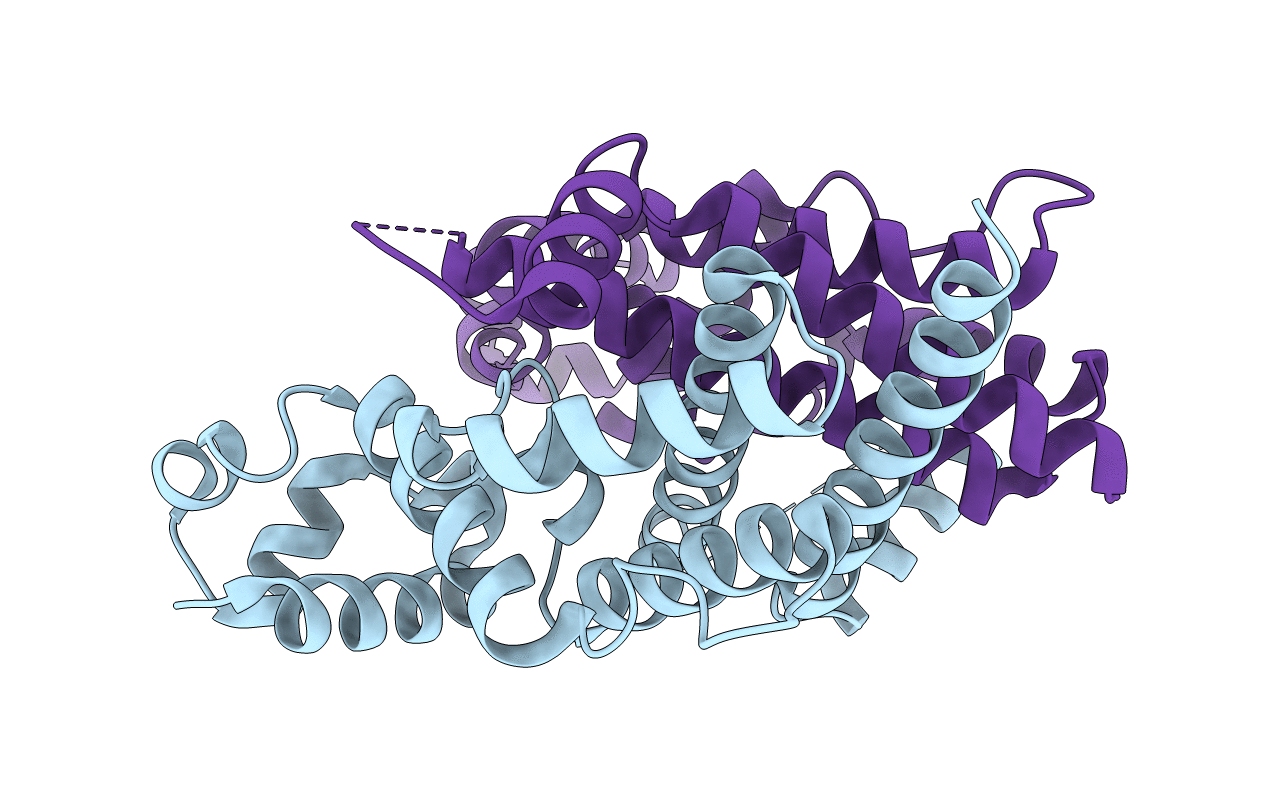
Deposition Date
2008-12-16
Release Date
2009-10-27
Last Version Date
2023-11-01
Entry Detail
PDB ID:
3FK6
Keywords:
Title:
Crystal structure of TetR triple mutant (H64K, S135L, S138I)
Biological Source:
Source Organism:
Escherichia coli (Taxon ID: 562)
Host Organism:
Method Details:
Experimental Method:
Resolution:
2.10 Å
R-Value Free:
0.26
R-Value Work:
0.21
Space Group:
C 1 2 1


